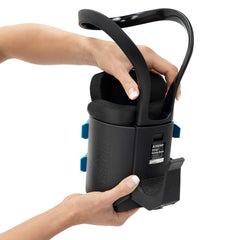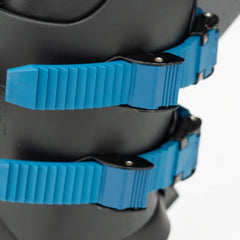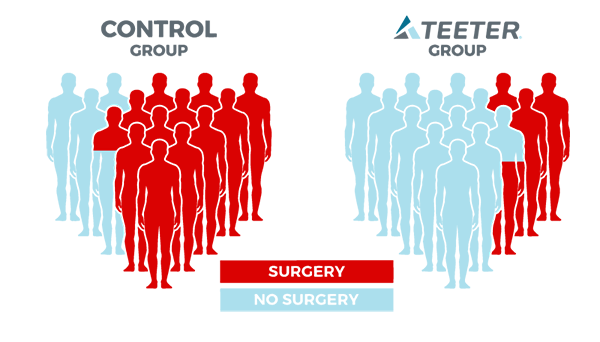End Of Year Sale - Extra Discount Applied At Checkout
End Of Year Sale - Extra Discount Applied At Checkout
End Of Year Sale - Extra Discount Applied At Checkout
End Of Year Sale - Extra Discount Applied At Checkout
End Of Year Sale - Extra Discount Applied At Checkout
End Of Year Sale - Extra Discount Applied At Checkout
End Of Year Sale - Extra Discount Applied At Checkout
End Of Year Sale - Extra Discount Applied At Checkout
End Of Year Sale - Extra Discount Applied At Checkout
End Of Year Sale - Extra Discount Applied At Checkout
End Of Year Sale - Extra Discount Applied At Checkout
End Of Year Sale - Extra Discount Applied At Checkout
Description
xMain Benefits of Teeter Inversion Boots
Relieve Back Pain
Inversion Therapy On The Go – Whether you have an inversion table or not, the Teeter Gravity Boots are a great, portable solution to inversion therapy on the go when combine with the Teeter Inversion System.
An FDA-Registered Device – As a registered FDA medical device, they are a certified product known to assist in the relief from a range of back issues such as: Sciatica, herniated discs, spinal stenosis, muscle spasms and tension, degenerative disc disease and much more.
Strong, Durable Materials – The hooks and calf loops are made of 40% glass/nylon alloy for unmatched strength and durability, plus the pliable yet highly durable DuPontTM HytrelTM shell weighs just 2 lb.
Unmatched Comfort
Made To Be Comfortable – With soft foam lining the insides, you are provided with the most amount of comfort possible and limited compression on your calves and ankles..
Optimal Calf Loops – If you want even more security and reduced load on your joints and feet, then the optional calf loops can help you.
Self-Locking Buckles – Each boot includes dual self-locking buckles to maximise your security, and with adjustable straps, you can customise how tight they are to improve your comfort.
Perfect For Almost Everyone –Teeter have designed the Inversion Boots to fit almost everyone but for slightly bigger people, we have the Teeter Inversion Gravity Boots XL available.
Additional Information
xNam tempus turpis at metus scelerisque placerat nulla deumantos solicitud felis. Pellentesque diam dolor, elementum etos lobortis des mollis ut risus. Sedcus faucibus an sullamcorper mattis drostique des commodo pharetras loremos.Donec pretium egestas sapien et mollis. Pellentesque diam dolor cosmopolis etos lobortis.
- Comodous:
- Comodous in tempor ullamcorper miaculis
- Mattis laoreet:
- Pellentesque vitae neque mollis urna mattis laoreet.
- Divamus de ametos:
- Divamus sit amet purus justo.
- Molestie:
- Proin molestie egestas orci ac suscipit risus posuere loremous
Shipping & Return
xReturns Policy
You may return most new, unopened items within 30 days of delivery for a full refund. We'll also pay the return shipping costs if the return is a result of our error (you received an incorrect or defective item, etc.).
You should expect to receive your refund within four weeks of giving your package to the return shipper, however, in many cases you will receive a refund more quickly. This time period includes the transit time for us to receive your return from the shipper (5 to 10 business days), the time it takes us to process your return once we receive it (3 to 5 business days), and the time it takes your bank to process our refund request (5 to 10 business days).
If you need to return an item, simply login to your account, view the order using the "Complete Orders" link under the My Account menu and click the Return Item(s) button. We'll notify you via e-mail of your refund once we've received and processed the returned item.
Shipping
We can ship to virtually any address in the world. Note that there are restrictions on some products, and some products cannot be shipped to international destinations.
When you place an order, we will estimate shipping and delivery dates for you based on the availability of your items and the shipping options you choose. Depending on the shipping provider you choose, shipping date estimates may appear on the shipping quotes page.
Please also note that the shipping rates for many items we sell are weight-based. The weight of any such item can be found on its detail page. To reflect the policies of the shipping companies we use, all weights will be rounded up to the next full pound.
- Choosing a selection results in a full page refresh.









































